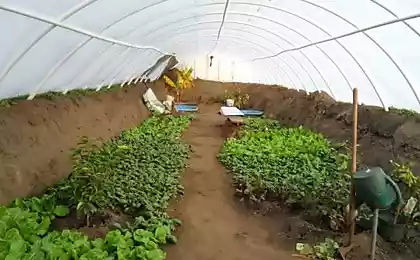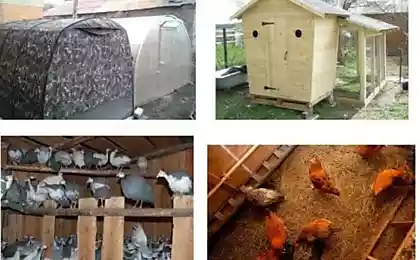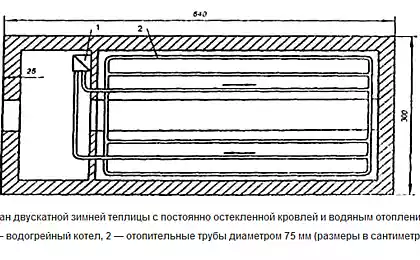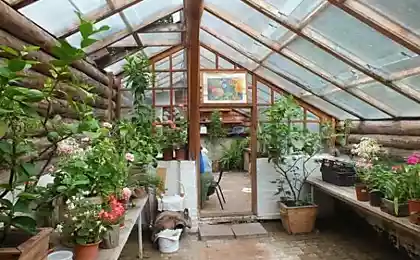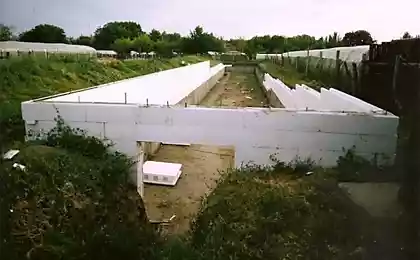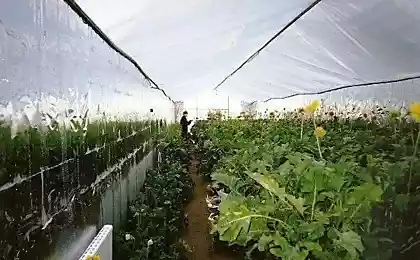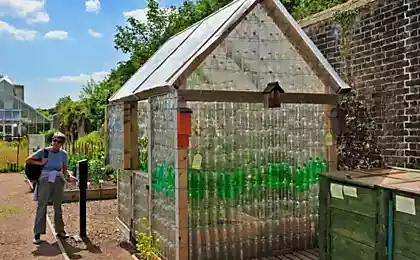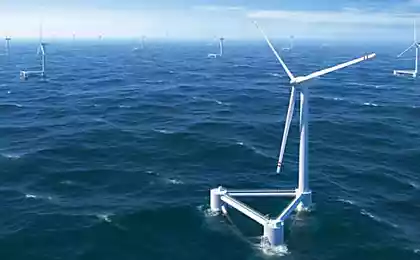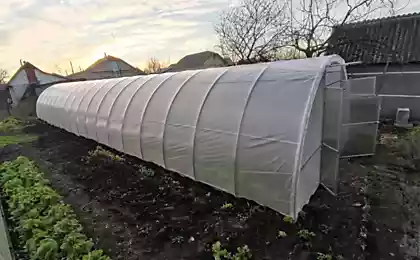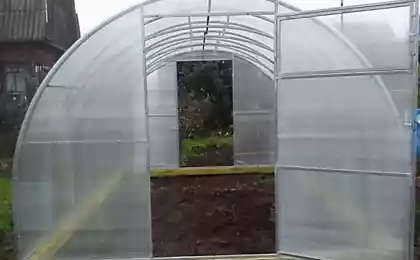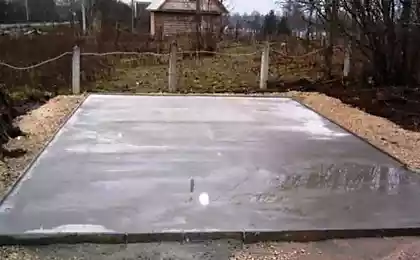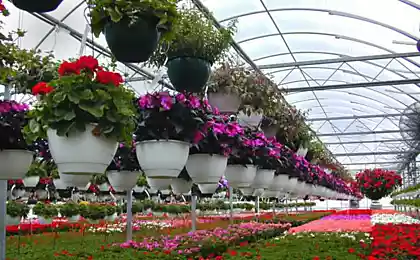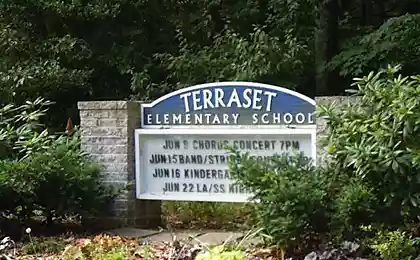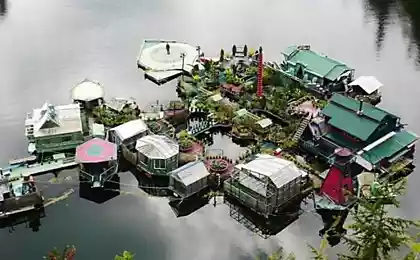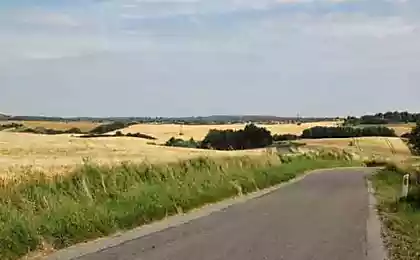427
The floating state of the art greenhouse

In a world where scientists predict a shortage of resources, many are wondering how to optimize the production of food, how to get fresh water and where to find a new productive place to grow?
A multidisciplinary team of architects and botanists offers his version of the answer to these questions.
Jellyfish Barge is a floating agricultural food production, without the need for the availability of land, fresh water or energy. Simply put state of the art greenhouse, working exclusively due to its functionality.
It was designed for areas that lack food and water and built with the simple technology, low cost and recycled materials.
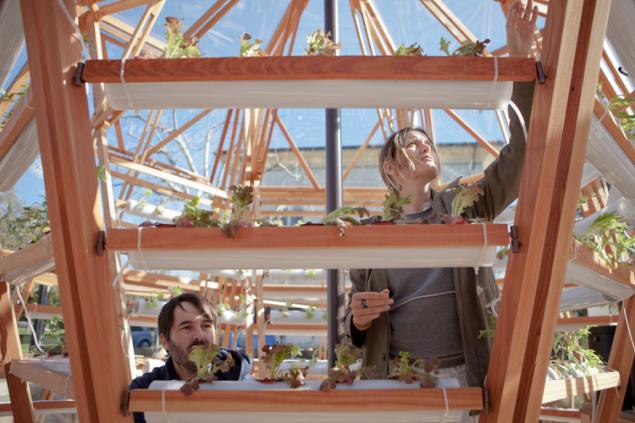
Designed by the architects Antonio Girardi (Girardi Antonio) and Christina Favretto (Cristiana Favretto) greenhouse Jellyfish Barge is a modular greenhouse mounted on a floating base, which can provide water and food, without impacting on existing resources.

The octagonal structure consists of a wooden base with an area of about 70 square meters, located on 96 recycled plastic barrels fastened together with wooden load-bearing structure running along the perimeter and the radiuses of the octagon.
The barrel is screwed to the top deck and a supporting structure for greenhouses and solar desalination plants.

Fresh water is provided by seven distillation devices located on the perimeter, which has developed environmental scientist Paolo Franceschetti (Paolo Franceschetti). They can produce up to 150 liters of fresh water a day from salty, brackish or contaminated water.
Solar distillation is a natural phenomenon: in the seas of the solar energy evaporates water which then falls as rain.

In Jellyfish Barge the solar desalination system replicates this phenomenon on a smaller scale, collecting moisture from the air and condensing it in barrels that come into contact with the cold surface of the pond.

A small amount of power required for fans and pumps is provided by photovoltaic panels integrated in the structure of the greenhouse.

The structure of buildings also includes the innovative hydroponic system. Growing food using hydroponics uses 70% less water compared to conventional methods, owing to the continuous reuse of water.
In addition, the Jellyfish Barge greenhouse uses about 15% of seawater that mixes with distilled, providing greater efficiency. In the greenhouse, installed an innovative automated system for remote monitoring and control.

This greenhouse can be considered innovative in their ability to interact effectively with limited resources. For this reason, it was designed in relatively small size, able to take about two families, so that it is easy to build even in conditions of economic scarcity.

Moreover, it is modular, so a single element is completely Autonomous, while several of these greenhouses will ensure food security for the entire settlement. The octagonal shape of the platform allows you to combine multiple farms together, and to correlate them with square floating bases, which may be markets or meeting places.
Source: facepla.net
